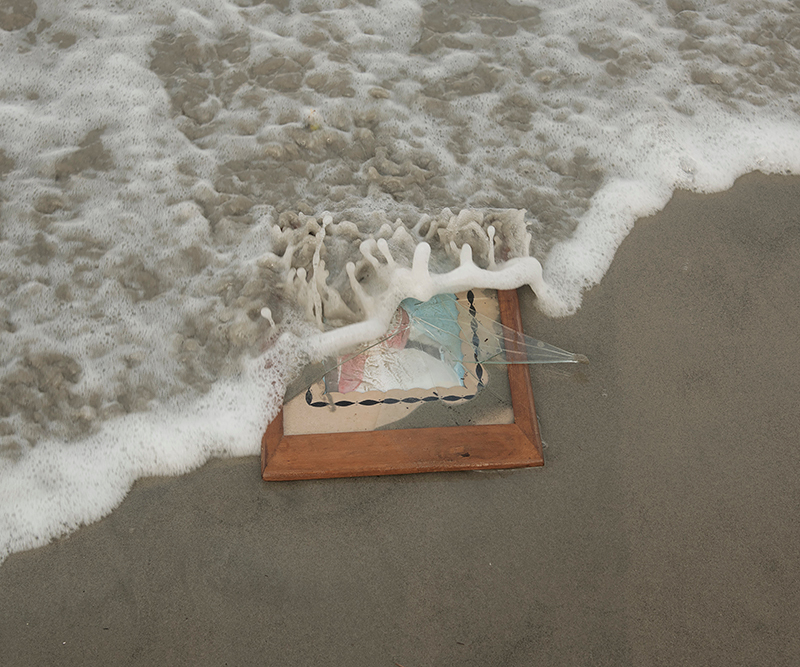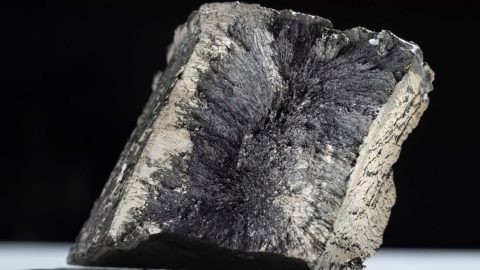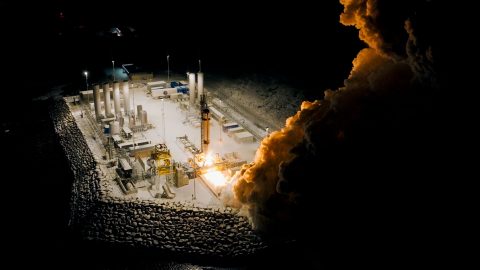Some parts of the world facing similar challenges have responded with “managed retreat.” Thousands have already left the Pacific islands of Vanuatu and Tuvalu for New Zealand. And last year Indonesia announced plans to build a new capital city after it was established that parts of the current capital, Jakarta, are sinking by up to 15 centimeters a year. Almost half the city is already below sea level.
But mainland India is already densely populated, with high rates of poverty and homelessness. And the same politicians who don’t recognize climate refugees, and don’t take stringent steps to prevent human activity in tiger habitats, also don’t have a good track record on relocation.
In 2008 a plan was budgeted at 70 billion rupees (about $1 billion) to move people out of the Jharia coalfields, in the eastern Indian state of Jharkhand, to a specially built township around 15 kilometers away. But so far only 3,000 families have been moved, out of an originally planned 79,000, according to the environmental news platform Mongabay. The population that requires moving has since nearly doubled, to around 140,000 families. Until they move, they are expected to somehow survive amid the sinkholes, coal fires, and toxic gases that have made Jharia perhaps the most apocalyptic landscape in India.
Under Prime Minister Narendra Modi, environmental protection laws have been severely undermined. India is home to more than half of the 50 most polluted cities in the world; its air and water quality rank at the bottom of global indices. Still, Modi has encouraged more coal production. Under cover of the pandemic, and the excuse of India’s cratered economy, he continues to favor big business interests over the environment. In August, his government gave the go-ahead to open 40 new coalfields, potentially affecting hundreds of thousands of acres of protected forest land in four states, including West Bengal.

SUSHAVAN NANDY
Mass relocation of people living in the Sundarbans is not a serious option; the political will does not exist. The West Bengal state government hasn’t even brought it up. Regional experts are convinced that there are other ways to protect the delta from climate-related changes, even if the changes themselves can no longer be prevented.
According to Dasgupta, the World Bank economist, one way forward is a combination of “green and gray infrastructure.” The delta’s mangrove belt must always be maintained as the first line of defense, she says. Its power to absorb the shock of storms, prevent flooding, and trap salt is unmatched. But to do its work, it has to be protected from deforestation and must be regularly replenished. Mangroves are also less effective in densely populated areas, and here, says Dasgupta, embankments should be built and maintained scrupulously as a second line of defense.
Although some experts differ over whether the traditional mud embankments, which the villagers build by hand, should be replaced with concrete structures overseen by outside contractors from the mainland, everyone is in agreement that embankments save lives. And yet, according to news reports, a plan to construct 1,000 kilometers of embankment in the Sundarbans is still unfinished, more than a decade after the funds were sanctioned by the national government. Only a tenth of that was ready when Cyclone Amphan made landfall earlier this year.



Recent Comments